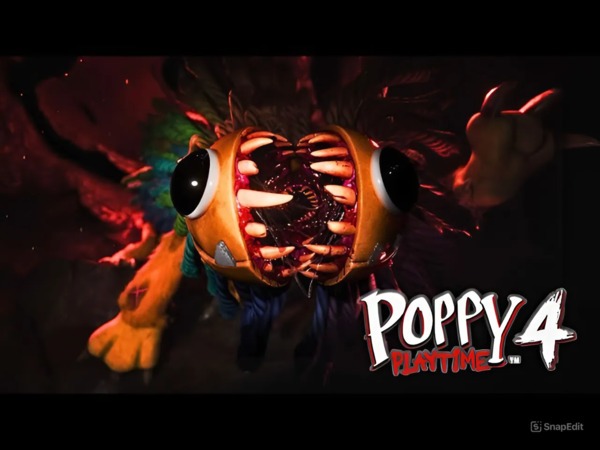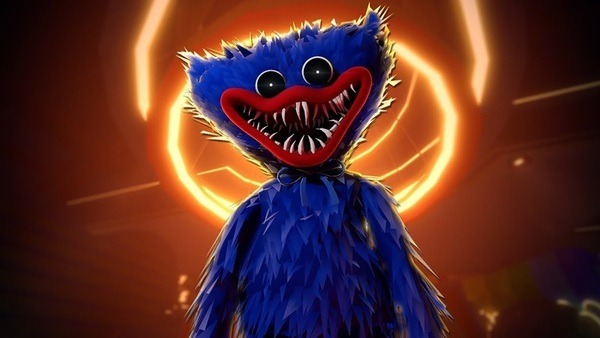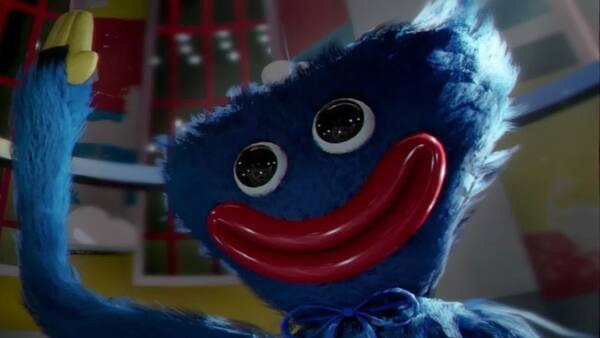Psychological Effects of Horror and Mystery in Poppy Playtime
Popular Now
 Sonic the Hedgehog™ Classic
Sonic the Hedgehog™ Classic
 Roblox
Roblox
 Fall Guys
Fall Guys
 Schedule I
Schedule I
 Grand Theft Auto VI
Grand Theft Auto VI
 Genshin Impact
Genshin Impact
 Among Us
Among Us
 Stumble Guys
Stumble Guys
 Warframe
Warframe
 Valorant
Valorant

Poppy Playtime has quickly become one of the most talked-about indie horror games in recent years. By combining eerie visuals, twisted animatronics, and layers of psychological tension, the game does more than deliver jump scares—it dives deep into the emotional fears of players. This article explores how horror and the unknown are used in Poppy Playtime to create a psychologically impactful experience.
The Power of Horror and the Unknown in Game Design
Creating Fear Through Environment: The Abandoned Toy Factory
From the moment players step into the deserted toy factory, Poppy Playtime establishes a chilling tone. This familiar yet distorted setting triggers a deep sense of unease.
- Empty Spaces: The silence and hollow corridors suggest that something lurks just out of sight.
- Unsettling Sound Design: Echoes, mechanical creaks, and sudden audio bursts create an atmosphere of tension and isolation.
The game leverages this abandonment to tap into a primal fear—the fear of being alone in a place where help is impossible.
The Fear of the Unknown: Surprise and Suspense
The unpredictable nature of the game is one of its strongest tools. Players are kept in constant suspense, unsure of what danger lies ahead.
- Unexpected Threats: Characters like Huggy Wuggy transition from harmless mascots to deadly foes.
- Unpredictable Encounters: The game avoids patterns, making each hallway and room a potential danger zone.
This unpredictability mirrors one of horror’s most effective psychological triggers: the anxiety of not knowing what’s next.
Psychological Manipulation Through Childhood Nostalgia
Twisting Innocence: When Toys Become Nightmares
One of the most unsettling elements of Poppy Playtime is how it transforms childhood joy into horror.
- Grotesque Toys: Once symbols of comfort, toys like Poppy and Huggy Wuggy become deeply disturbing.
- Subversion of Safety: The game constantly blurs the line between helpful tools and hidden threats.
By distorting nostalgic elements, the game exploits the emotional vulnerability associated with childhood memories, creating a powerful emotional dissonance.
Storytelling Through Fragments: The Fear of a Forgotten Past
Piecing Together a Dark History
Poppy Playtime doesn’t tell its story outright. Instead, it invites players to discover the factory’s past through tapes, notes, and clues scattered around.
- Audio Logs and Written Clues: These hint at unethical experiments and hidden tragedies.
- Thematic Depth: As players piece the narrative together, they realize the factory was not just a workplace—but a site of horror and corruption.
This type of environmental storytelling evokes a psychological fear of the past—a fear that terrible truths remain buried but not gone.
Puzzles and Isolation: Building Tension Through Gameplay
Solving Under Pressure
Puzzles in Poppy Playtime are not just intellectual challenges; they are tools for increasing psychological tension.
- Urgency and Fear: Players often have to solve puzzles while being pursued, heightening anxiety.
- Limited Time and Space: Confined environments and dim lighting create a claustrophobic sense of urgency.
Exploring Alone: The Impact of Isolation
One of the most chilling aspects of the game is its use of loneliness as a horror mechanic.
- No Allies: Players receive no help, making them feel isolated and vulnerable.
- Silent Corridors: The eerie quiet amplifies the fear of being truly alone in a hostile space.
This sense of solitude enhances fear by making the player feel exposed and unsupported in an already dangerous environment.
The Horror of Animatronics: Turning Comfort into Terror
Lifelike Movements and Sinister Intent
The animatronic characters, particularly Huggy Wuggy, are central to the horror experience.
- Uncanny Valley Effect: Their human-like movements create discomfort.
- Corrupted Innocence: Once fun and friendly, the toys now symbolize fear and violence.
This contrast between form and behavior makes the player question what is real, fueling a deeper, psychological form of dread.
The Descent Into Madness: Blending Reality and Delusion
Breaking the Mind: Horror Beyond Jump Scares
As the game progresses, players begin to question their understanding of the world around them.
- Corruption of Reality: The factory blurs the line between what’s real and imagined.
- Psychological Toll: Discovering the dark truth about the factory leaves emotional scars, not just fright.
Poppy Playtime doesn’t just scare—it mentally exhausts players, creating a lasting fear rooted in loss of control and sanity.

Conclusion: Why Poppy Playtime’s Psychological Horror Works
Poppy Playtime stands out not only for its jump scares and disturbing visuals, but for its masterful use of psychological themes. It blends childhood nostalgia, isolation, and the fear of the unknown to deliver a horror experience that lingers long after the game ends. By focusing on emotional tension rather than just physical threats, the game resonates on a much deeper level, making it one of the most compelling horror experiences in recent indie gaming.








